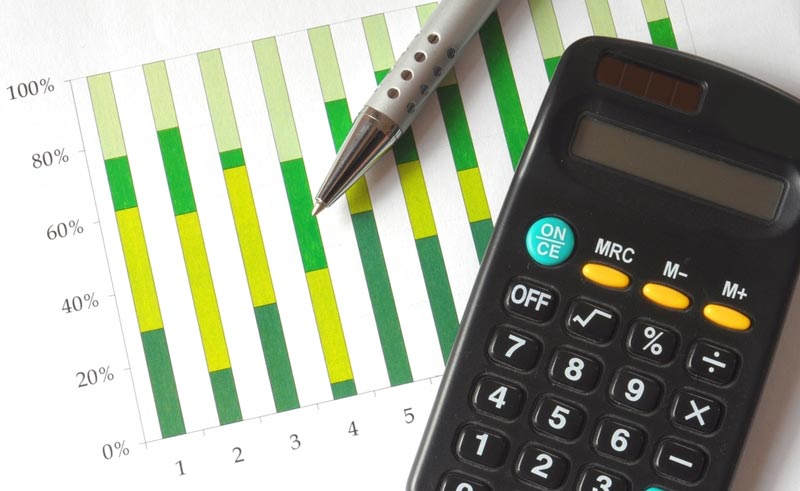Inventory management is one of the most important things that can affect the efficiency of the work of any business, especially since inventory is one of the most important assets owned by the facility, so care must be taken to manage it well, and We will know the average inventory formula to manage it well, and it is necessary to have an appropriate amount of inventory, which will push the company forward. It reflects its strength in managing costs, sales, and then labor relations, calculating average inventory, as well as inventory turnover, can help maintain the right amount of inventory. In this article, we will talk about the average inventory formula, its use, and what are the main challenges for average inventory.
What is average inventory?

The average inventory formula is one of the accounting metrics useful in tracking changes in inventory over time, and it is a tool that helps show the state of inventory during the current time or accounting period.
The average inventory can be defined as an estimate of the value of the inventory owned by the company during a specific period of time.
The calculation of the average inventory helps in the face of the rises or drops that can occur suddenly in inventory balances.
you may like:
Demand management as a critical success factor in your E-commerce
Average inventory formula
There is average inventory formula for calculating the average inventory, which is by adding the current and previous inventory and dividing their sum by the number of periods, and the following is the average Inventory Formula:
- Average Inventory = (current inventory + previous inventory) / number of periods
Average inventory calculator
As we mentioned in the previous part, average inventory is an estimate of the amount of inventory owned by the company during a certain period.
And there are a number of accounting tools that can help you easily calculate average inventory without the need to manually use the average inventory formula.
What Is Inventory Turnover Ratio?
Turnover is an accounting term that calculates how quickly a company collects money from accounts receivable or how quickly a company sells its inventory.
The inventory turnover ratio is a ratio that shows the number of times a company has sold and replaced inventory during a given period.
The company can then divide the days in the period by the inventory turnover formula to calculate the days it takes to sell inventory on hand.
Calculating inventory turnover can help companies make better decisions about pricing, manufacturing, marketing, and purchasing new inventory.
you may like:
Calculate Inventory Turnover
Companies calculate inventory turnover by calculating average inventory, which is done by dividing the sum of beginning and ending inventory by two, and then dividing sales by average inventory.
Inventory turnover can be calculated by the following formula:
- Inventory turnover = Sales / Average inventory.
Uses of average inventory
You may now be wondering when to use the average inventory formula, and in general, you will need to calculate average inventory to calculate the inventory turnover ratio, which will help you get a sense of how much your inventory is moving, and thus how much inventory you will need to have at any one time.
You will also need the average inventory in order to calculate the Average Inventory Period, which will help you figure out how long it takes to convert your inventory into actual sales.
you may like:
Retail stores: optimizing Inventory Management, Eases Ecommerce Implementations
Challenges with Average Inventory

There are a number of challenges facing average inventory. Despite the average inventory and its importance in inventory management, there are a number of flaws in it.
The following are the most important challenges facing average inventory:
- Inaccuracy, due to seasonal cycles, average inventory may be inaccurate.
- The occurrence of errors resulting from the presence of estimated balances, the average inventory is estimated accounts that are not accurate as physical counts of inventory.
- There are variances between monthly and daily sales, so using average inventory you will encounter a large discrepancy between today’s inventory and inventory calculated for longer periods.

Recent Comments